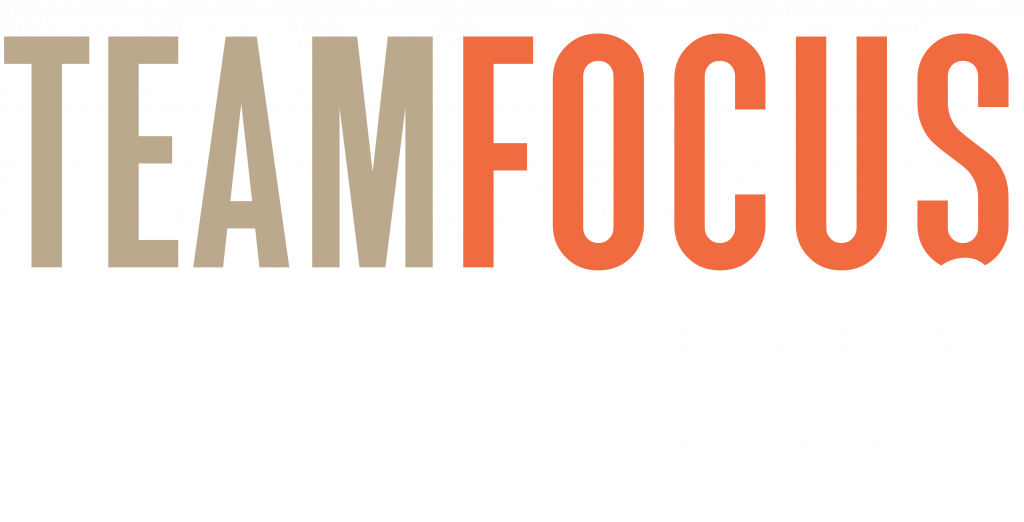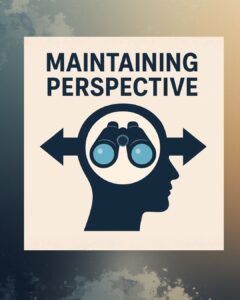To increase productivity and keep teams on track, understanding how to sequence and prioritise tasks is essential—especially in project environments. Many initiatives consist of multiple interrelated steps, and without clarity, managing project tasks can quickly become chaotic.
By identifying task dependencies early, you can effectively sequence tasks, avoid bottlenecks, and streamline your project workflow. This proactive approach to project planning in Australia leads to smoother execution, better stakeholder communication, and improved outcomes.
Here’s your guide to understanding task dependencies and how they influence smart scheduling decisions.
What Are Task Dependencies?
In any task dependencies project, each task typically relies on others being started or completed first. These relationships define the order of operations—known as task sequencing—and form the foundation of your project timeline.
Dependencies come in various forms, and knowing how to navigate them is one of the most effective project scheduling tips you can use to gain control over deliverables and deadlines.
Common Types of Task Dependencies
✅ Mandatory Dependencies
These are non-negotiable and often legally or technically required. For example, you can’t test software until it’s been developed.
✅ Preferential Dependencies
These reflect team preferences or best practices. You might choose to lay plumbing before electrical wiring to simplify installation and safety compliance.
✅ Internal Dependencies
These exist within the team’s control and can be scheduled based on internal processes or priorities.
✅ External Dependencies
Involve third parties or clients. Waiting for approval before launching a campaign is a classic example.
Dependency Relationships to Know
Finish-to-Start (FS): Task B can’t start until Task A is complete.
Start-to-Finish (SF): Task B can’t finish until Task A has started.
Start-to-Start (SS): Task B starts only when Task A starts.
Finish-to-Finish (FF): Task B can only finish once Task A finishes.
Understanding these relationships helps you design realistic timelines and prevent conflicts.
Benefits of Mapping Task Dependencies
Here’s how identifying dependencies improves your project:
🔹 Workflow Optimisation
By mapping dependencies clearly, you can eliminate guesswork and streamline your project workflow, increasing team efficiency.
🔹 Improved Resource Allocation
Knowing which tasks are interlinked helps you assign the right people and tools to the right stages, avoiding downtime or overload.
🔹 Realistic Scheduling
Dependencies make estimating task durations more accurate, ensuring better project scheduling tips and setting realistic stakeholder expectations.
🔹 Risk Management
Identifying external dependencies highlights potential risks. This gives you the chance to prepare contingency plans and keep clients informed.
Smarter Project Planning Starts Here
Effective managing of project tasks depends on recognising how each task connects to others. With this clarity, you can reduce project delays, increase team focus, and deliver higher-quality results—especially in the fast-paced world of project planning in Australia.
Ready to Optimise Your Next Project?
At Team Focus Plus, we help organisations design smarter, more efficient workflows using practical tools and proven leadership strategies. If you’re looking to improve task flow and team alignment, we’re here to help.
📞 Call us on 1300 551 274
📧 Or email team@teamfocusplus.com
Let’s plan your next project with clarity and confidence.





